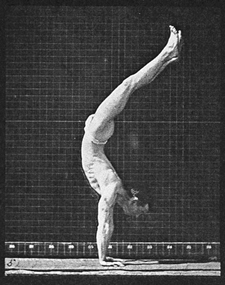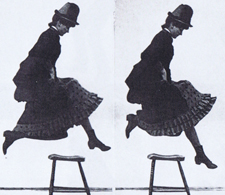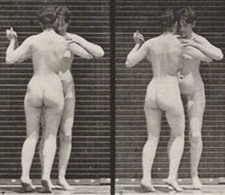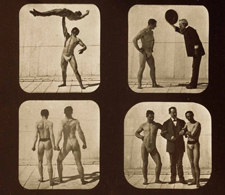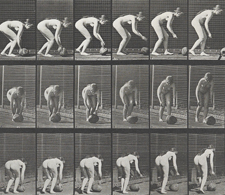Much of our knowledge of and experience with sport comes to us in mediated form. Newspapers, television broadcasts, film, sports magazines and other sports-related media present us with an unceasing flow of visual, textual and oral information related to sport. The ubiquity of cell phone cameras and user-driven devices like GPS watches and Go-Pro cameras enable athletes and fans alike to produce, disseminate and analyze their own sports content. The result is a seemingly limitless flow of sport media on everything from Tim-Bits hockey to the FIFA World Cup.
Within the aggregate field of mediated sport, this special issue of Amodern is concerned with the visual, and more specifically with the image. Sports and images intersect in myriad ways: images are used as pedagogical tools in sport as they are produced, circulated and read by coaches, athletes, trainers and sports medicine professionals; they are used as juridical tools that either replace or augment the human eye in sporting events; they serve commercial purposes as in television and print advertising; they are used as entertainment in television, film and on-line; and they form an essential part of visual culture as they are manifest in visual art, pop culture and other forms of visual culture production. Importantly, whether pedagogical, juridical, commercial, aesthetic or otherwise, images of sport are constituent components of culture: they are bound to cultural conceptions of class, race, nation and gender and are enmeshed in the fundamental economic and institutional infrastructures of society.




